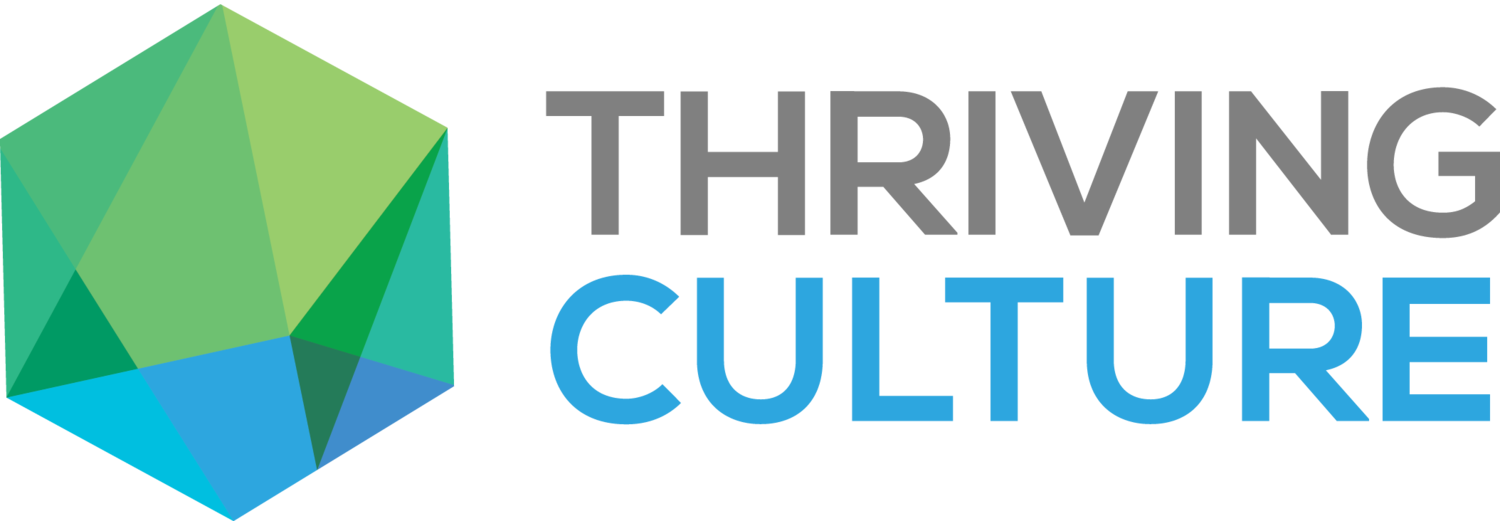How Nonprofits Can Harness AI Without Losing Their Soul
AI won’t replace people in nonprofits, but it might replace the people who refuse to use it thoughtfully.
That’s the tension every nonprofit leader now feels. AI promises efficiency and insight, yet it also threatens to flatten what makes the social sector human. The question isn’t whether to adopt it. The real question is how to do it in a way that protects mission, equity, and trust.
The Promise: Automate the Overload, Not the Empathy
Walk into almost any nonprofit office today and you’ll hear the same refrain: “We’re doing twice the work with half the staff.”
AI can help change that math. Imagine tools that summarize reports, generate donor thank-you notes, organize data from program surveys, or analyze patterns in volunteer feedback. None of that requires replacing a human being — it’s about reclaiming hours for the work that does.
One mid-sized advocacy organization I advised recently used AI to automate its donor-acknowledgment workflow. Result: nearly 12 staff hours a week saved.
Another used it to distill participant surveys into clear insights. That freed the team to spend time discussing what those insights mean rather than wrestling with spreadsheets.
AI, done right, doesn’t replace empathy. It gives empathy more breathing room.
The Risk: When Tech Undermines Trust
Every innovation brings a shadow. AI’s is trust erosion.
Most nonprofits have messy databases and inconsistent processes, so when AI pulls from flawed data, it simply repeats those flaws faster. Worse, if your historical data underrepresents invisible voices, AI quietly learns bias as “truth.” Suddenly, your outreach messages or funding priorities may privilege one group without your realizing it.
There’s also the leadership temptation to outsource judgment. A predictive model recommends which programs to fund, and the board nods without debate. That’s not strategy; that’s abdication.
Human leadership is still the irreplaceable layer of interpretation, ethics, and context. As one executive director told me recently, “AI gave me the answer, but not the why.”
The Missing Ingredient: Cultural Intelligence (CQ)
At Thriving Culture, we teach that every organization’s success depends on Cultural Intelligence: the ability to recognize and adapt to cultural differences in people, process, and structure. That same framework can protect nonprofits from the blind spots of AI adoption.
When we combine Artificial Intelligence with Cultural Intelligence, we stop asking “What can AI do for us?” and start asking “Who could be left out if we use it this way?”
CQ-informed AI leaders consider questions like:
Are our messages resonating equally across cultural and linguistic groups?
Whose data is shaping the algorithm and whose experience is invisible?
How might this automation unintentionally reinforce inequity?
That lens transforms AI from a technical upgrade into a moral and cultural practice.
The Future: Human-Led, AI-Informed
The nonprofits that will thrive over the next decade are those that integrate AI tools with human wisdom.
In this new model:
Leadership CQ ensures that decisions align with values and emotional intelligence.
Procedural CQ brings transparency to how data and automation are used.
Structural CQ embeds fairness and representation into the systems themselves.
When these three dimensions meet AI, something extraordinary happens: efficiency and empathy stop competing.
The Practical Path Forward
You don’t need a tech department to start. You need curiosity, boundaries, and a bias for learning.
1. Start with a Low-Risk Pilot
Choose one process that drains staff time & report summarization, newsletter drafts, or meeting notes. Use a tool like ChatGPT, Claude, or Notion AI to handle the first draft. The rule: humans always review before sending.
Case Study:
A small arts education nonprofit in a major city recently used AI to translate event materials and social media posts into Spanish and Vietnamese: languages spoken by 40% of the families they serve. The staff didn’t just copy and paste the results; they partnered with bilingual community members to refine tone and cultural nuance. The outcome? Attendance at their next event rose by 32%, and families said they felt “seen” for the first time. That’s AI guided by cultural intelligence; not just automation, but amplification of belonging.
2. Draft an AI Ethics Statement
It can fit on a single page. Define your principles: transparency, consent, cultural sensitivity, data privacy. Publish it on your site. This builds internal discipline and external trust.
3. Train for Digital Literacy, Not Technical Mastery
Staff don’t need to code. They need to understand prompts, bias, and tone. Offer a workshop on “How to Collaborate with AI” rather than “How to Use ChatGPT.”
4. Co-Create with Peers
No nonprofit should explore AI alone. Join learning circles or affinity groups experimenting with these tools. Share templates, mistakes, and ethical dilemmas. The sector advances faster together.
5. Keep the Humans at the Center
AI should free humans to connect more deeply and not hide behind dashboards. Let your donors and communities feel the difference: faster response times and more personal presence.
Why It Matters
AI is a mirror. It reflects the quality of our systems, values, and courage to adapt. Used without reflection, it magnifies alienation. Used with cultural intelligence, it accelerates insight and mission clarity.
AI will never understand why you work late to finish a grant, why you fight for justice, or why you celebrate a small community win. But it can give you back the time to do more of those things.
That’s the paradox and the promise: AI’s greatest gift is helping nonprofits be more human.
The Call Forward
AI isn’t the future of nonprofits. You are. AI is just the flashlight; it helps you see the possibilities already waiting in the corners of your mission.
Lead with curiosity. Anchor with values. And let Cultural Intelligence be the compass that keeps your organization human as the tools get smarter.
About the Author
Dr. Pablo Otaola helps mission-driven leaders build culturally intelligent organizations that thrive at the intersection of people, purpose, and progress. Contact Us to get your journey started.
